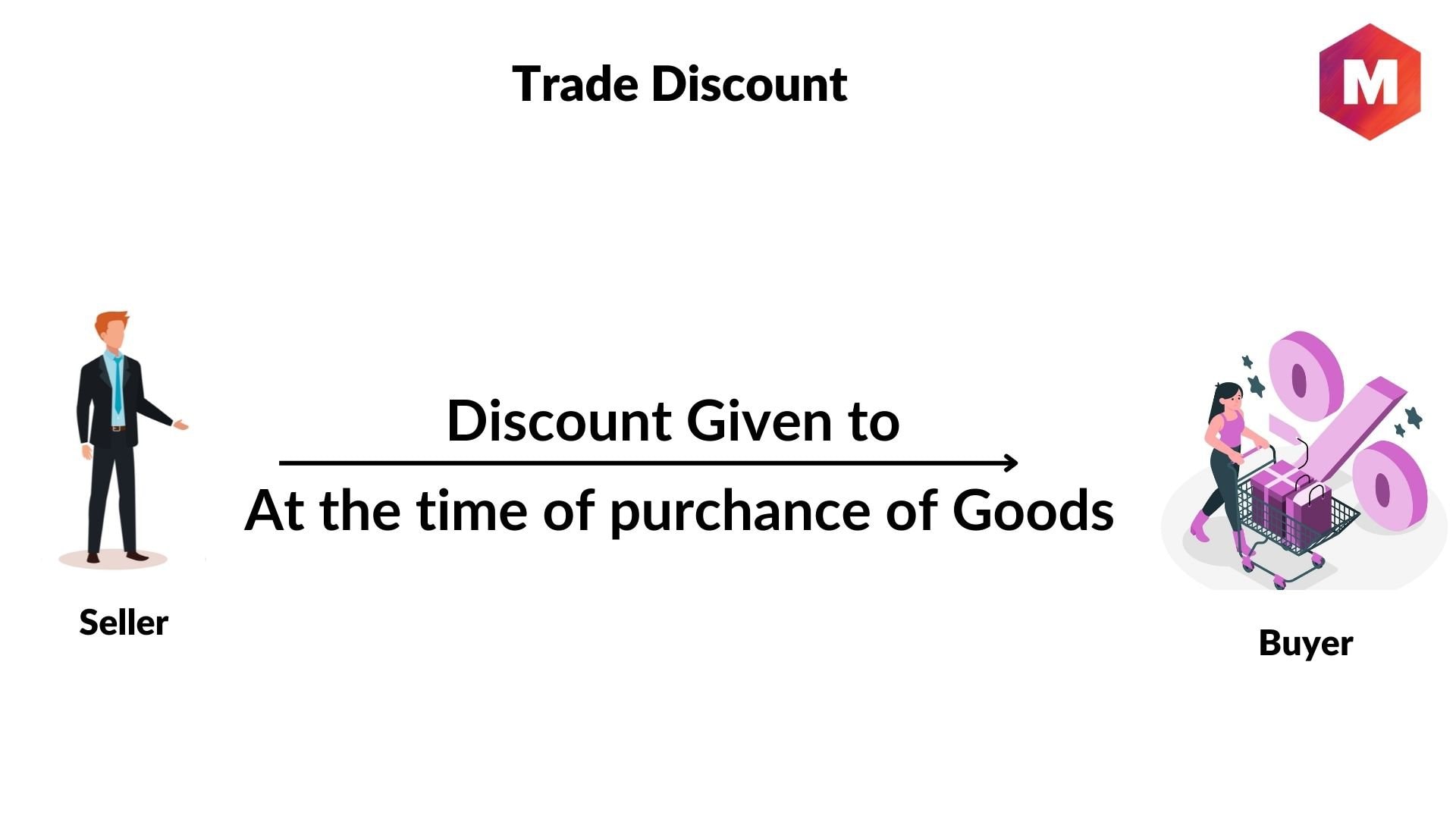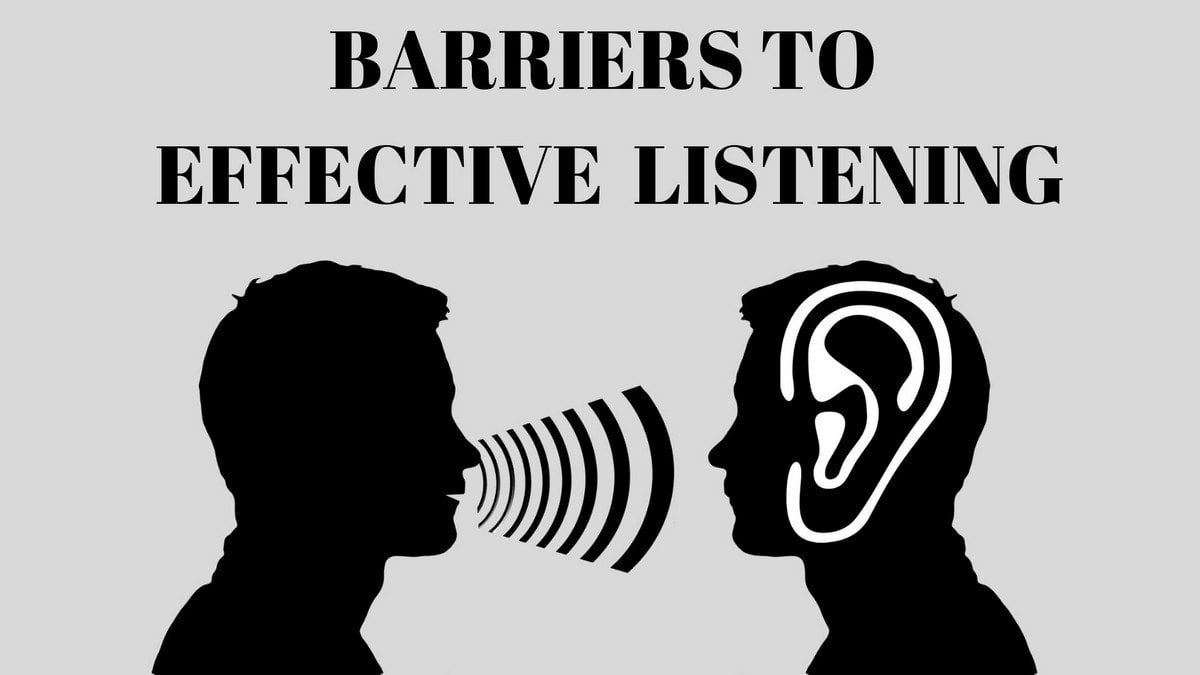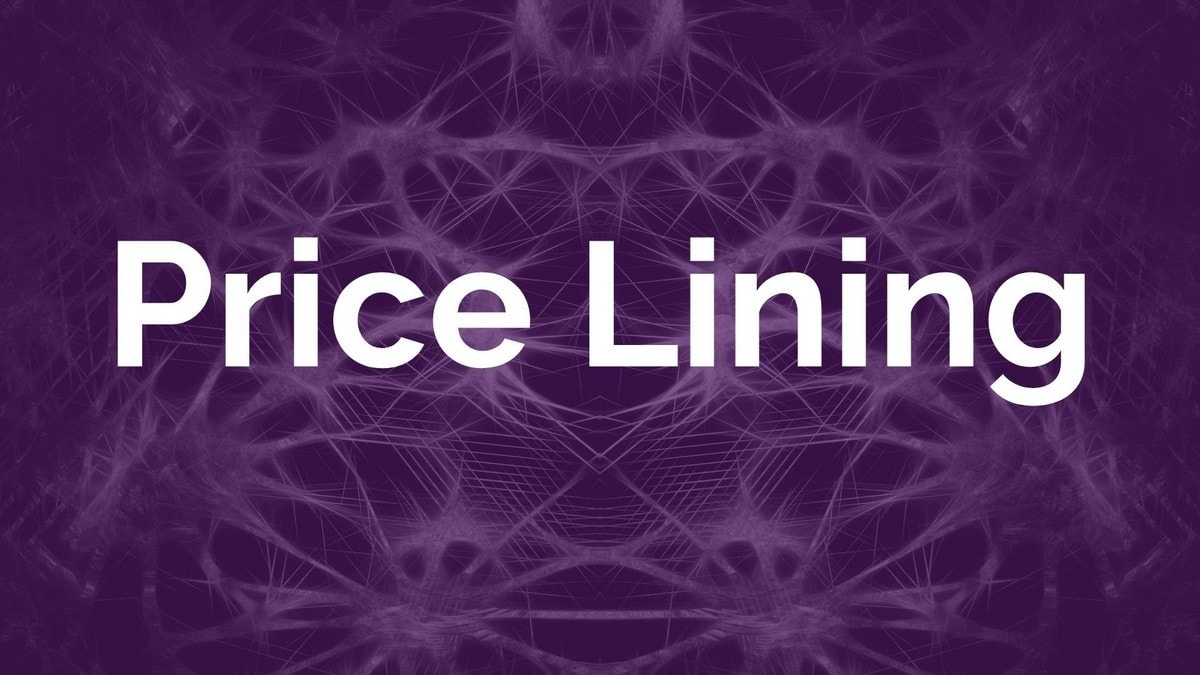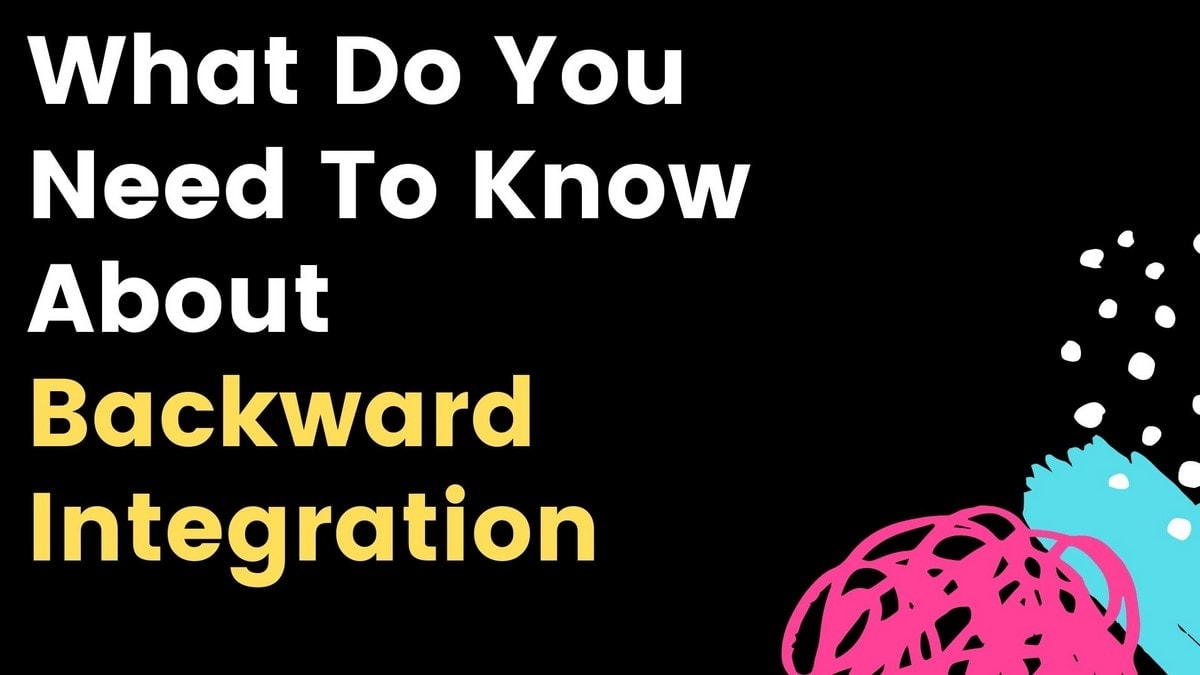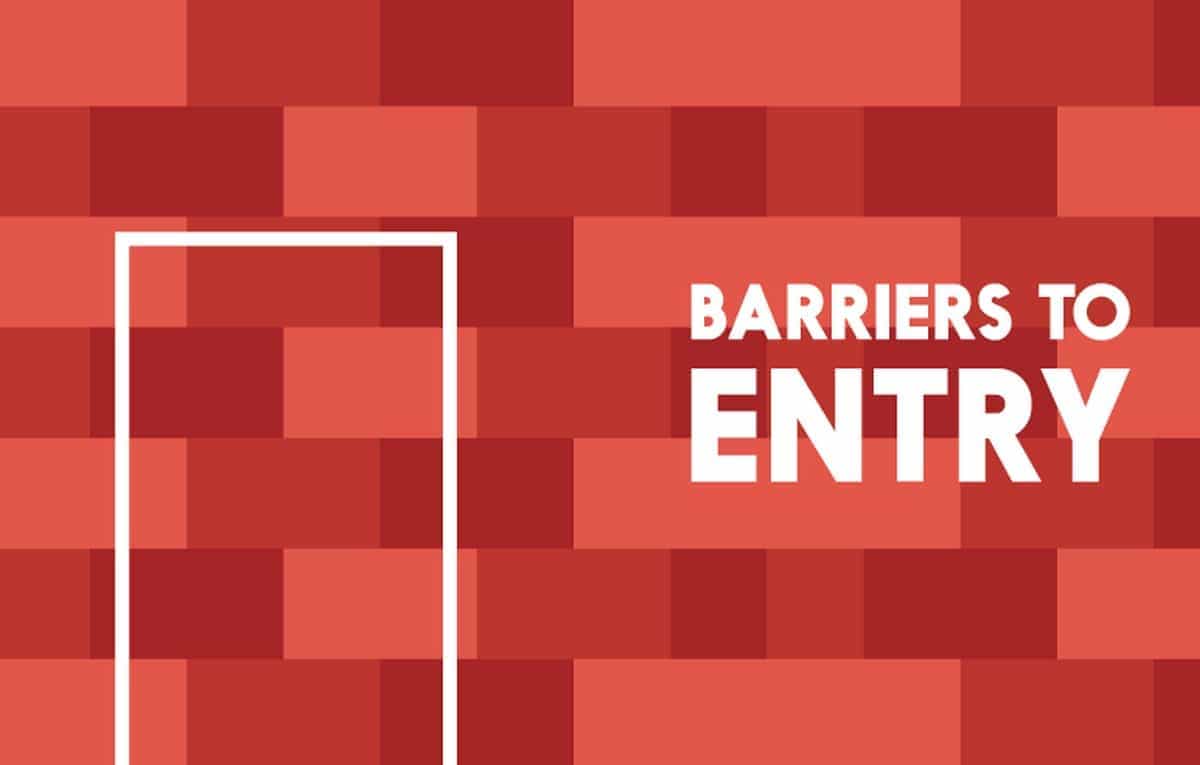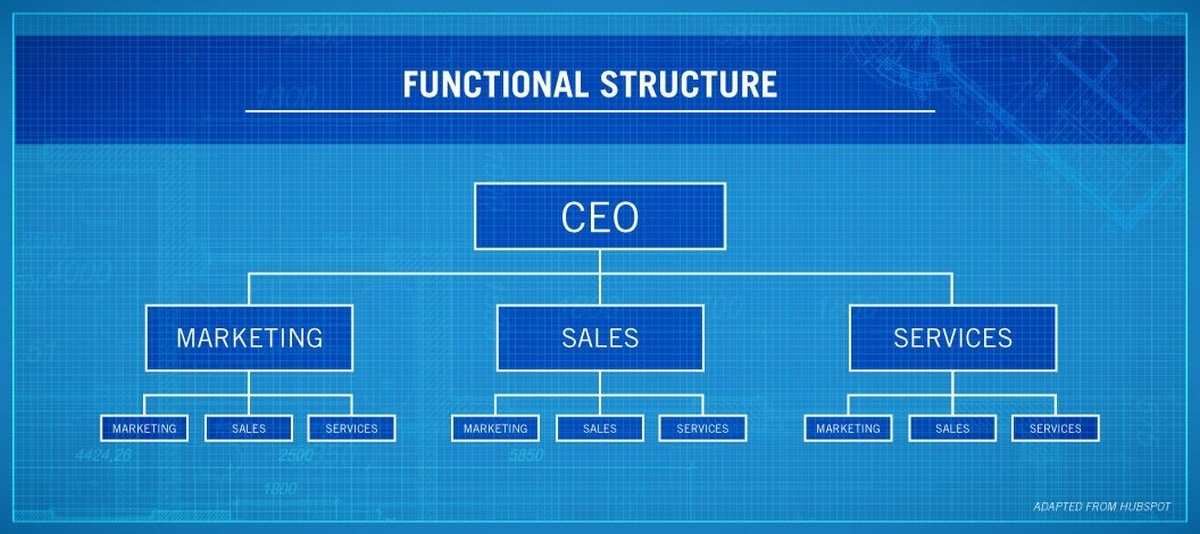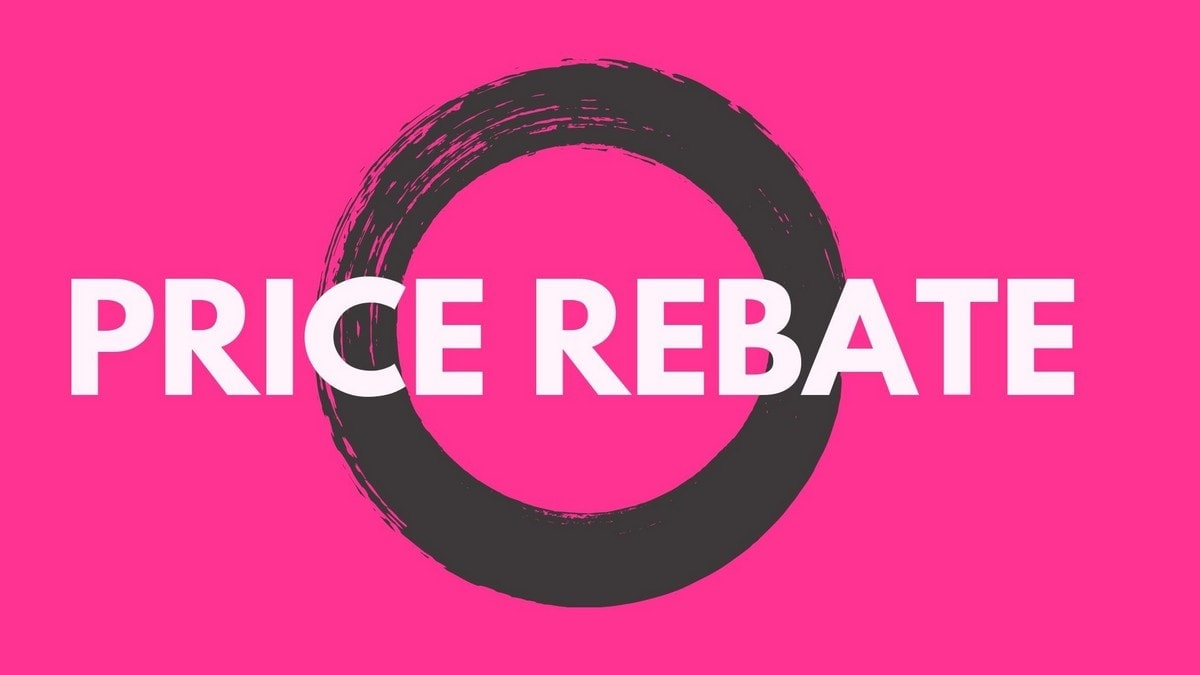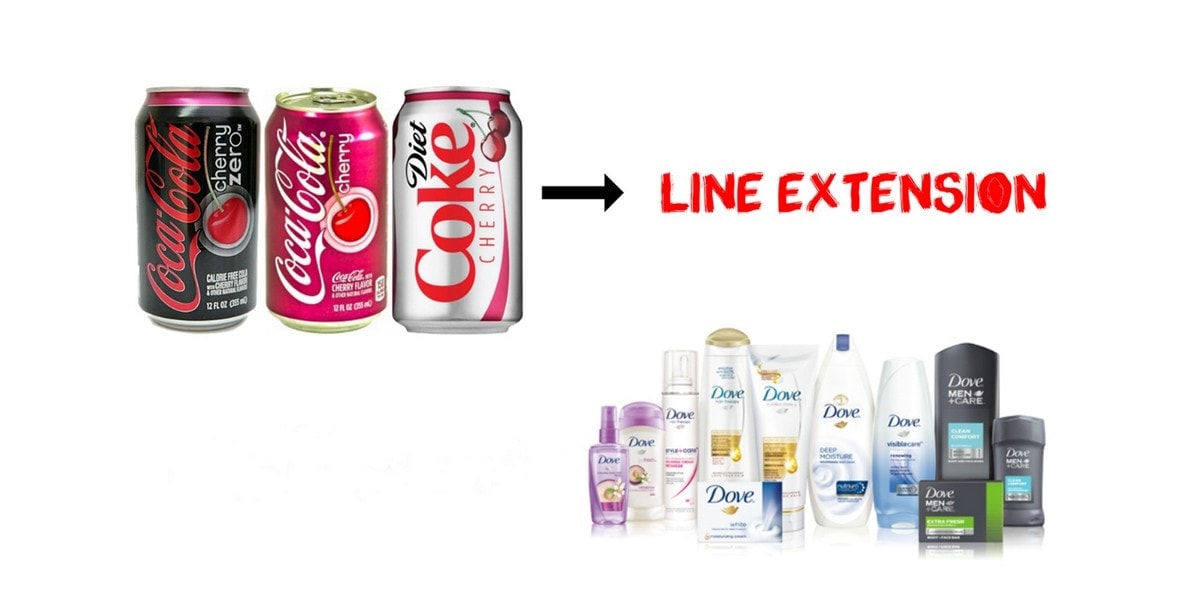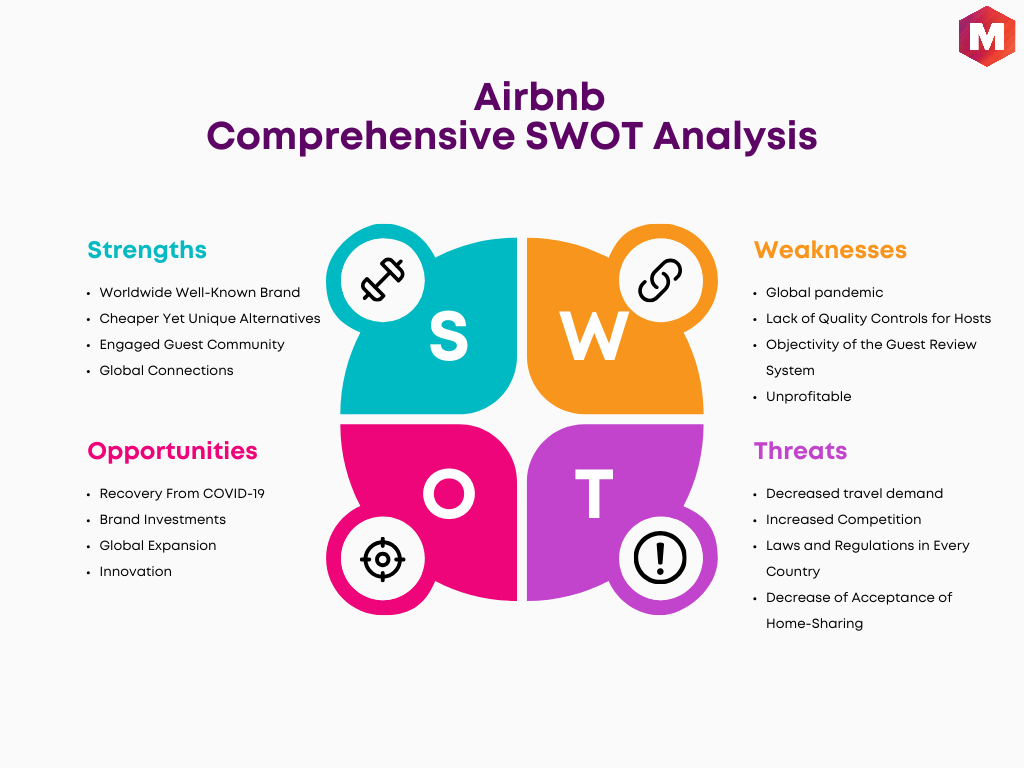Trade discount is the reduction in the retail price of a product that the manufacturer offers when selling to a reseller, rather than the end…
Barriers To Delegation: Top 10 Barriers to Delegation at a workplace
Amidst our rigorous and tight work schedules, we all need some sort of a breather and space by delegating our work to our peers or…
12 Important Features of Bill of Exchange
A bill of exchange can be defined as a legal document which contains the information about the future payment from the person who is required…
Top 10 Features of a Bank and the Banking System
Banks play an essential role in industrial work and trade. In a country, the development of a country is measured based on how well the…
Top 10 Important Features of a Partnership
A partnership in business can be defined as the mutual participation of two or more partners to conduct business. In partnership, everything such as investment,…
Barriers to Entrepreneurship: Top 12 Barriers to Entrepreneurship
In today’s world, each one us dreams of being an entrepreneur and starting up something that we are passionate about. It’s all about making a…
11 Most Important Features Of eCommerce
Ecommerce businesses are growing at a fast pace. Rather than establishing a physical store, people prefer to set up a business. Let us first learn…
What is Golden Handshake: Examples, Advantages, and Disadvantages
The golden handshake is an agreement between an employer and an employee. It is a clause in the employment contract that offers the executive a…
What is Single Sourcing: Examples, Advantages & Disadvantages
In publishing single sourcing is defined as the usage of one solitary document to create several other documents. The user can use this single paper…
Barriers to Effective Listening: Top 5 Barriers to Effective Listening
There are various skill sets required at a workplace to conduct and complete all the tasks and responsibilities efficiently and effectively. And one of them…
Safety Stock: Definition, Examples, Disadvantages and How to Calculate it?
Safety stock is defined as the extra stock that is preserved by a business entity to minimize the risk of a shortfall in their existing…
10 Common Barriers To Critical Thinking
Critical Thinking is not only required by an individual in the streams of academics and the business world but also in life as well. It…
Business Risk: Definition, Types, Importance and How to Minimize it
In simple terms, business risks can be understood as the risks, threats, uncertainties associated with a business that may hamper in accomplishing the financial goals….
Price Lining: Examples, Advantages and Disadvantages
Price Lining is a retail marketing technique where Products and services of the same category are grouped in the different price range based on their…
Backward Integration: Meaning, Importance and Examples
Have you heard about backward integration? Confused how such a term plays a key role in managing and optimizing a business? Then let me define…
Free On Board: Meaning, Advantages Of Free On Board Contract
Free On Board or FOB as it is commonly referred to is a trade term that signifies a seller’s commitment to delivering the promised merchandise…
Diffusion of Responsibility: Definition, Characteristics & Factors
Diffusion of responsibility is defined as a psychological phenomenon in a social setting. Sometimes when an individual is in a group, he will hesitate to…
Barriers To Entry: Meaning, Types, Examples
Barriers to entry can be defined as the blockades that a new startup or a company faces entering a market. Barriers can be of different…
Middle Management: Role, Importance, Examples, and Skills
Middle management is defined as the management level that reports to higher managers and manages at least one – two subordinate level of managers. Its…
Functional Organization: Definition, Examples, Features, and Advantages
The functional organization is designed on the typical hierarchy system where position and job requirement of every employee is defined. The organization is also divided…
Sales Broker: Role, Advantages and Disadvantages Explained
A broker can be an individual or a firm which helps in the execution of a transaction between a buyer and a seller. A broker…
Internal Control: Meaning, Types, Components and objectives
Internal control can be defined as the process of accounting, auditing, reviewing the system, methods, and accounts of an organization in order to make sure…
Self Appraisal – 10 Key Steps To Write Performs Review And Explained With Examples
When an organization asks its employees to self evaluate their performances, Self Assessment comes in play. Self-appraisals are mostly part of the annual performance review…
Variable Pricing: Definition, Examples, Model and Advantages
Variable Pricing can be defined as the pricing strategy to optimize Profit by offering different prices for the same product or service vary based on…
Top 18 Performance Appraisal Methods for Best Results
Analyzing the performance of an employee based on various factors is known as Performance Appraisal. This is done to assess the work quality of an…
Environmental Scanning – Importance Of Environmental Scanning
Environmental scanning is a constant and careful analysis of the internal and external environment of an organization in order to detect opportunities, threats, trends, important…
Price Rebate: Definition, Meaning, Examples and Strategies
Definition of Price Rebate Price rebate is defined as a return or partial return of purchase price to the customer by the seller. This returns…
What is Product Line Extension?
The concept of Product Line Extension can be defined as a business strategy where the firm plans to expand its established product brand name with…
What is Quantity Discount? Merits of Quantity Discount
The concept of Quantity Discount can be defined as the incentive offered by the seller to the buyer on the purchase of a large number…
16 Most Expensive Cheese In the World in 2025
Cheese has been mentioned since ancient times as it was considered to be enriched with important nutrients, fats, and proteins. Moreover, people loved its taste…
Top 30 Most Expensive Chocolates in the World in 2025
Diving into the world of the most expensive chocolates is like stepping into a secret garden of flavors and luxury. These chocolates are not just…
Top 19 Most Expensive Cars in the World in 2025
Welcome to an excellent tour of the world’s most expensive cars! These cars are not just for driving; they’re about feeling great, breaking records, and…
How to use keywords in subheadings to rank better?
When you are talking about creating and formatting in a blog post, then you need to use targeted keywords and make the content interesting to…
Top 14 Most Expensive Coffee in the World in 2025
Let’s jump into the fantastic world of the most expensive coffees! We will show you some of the priciest cups of coffee out there. These…
Top 20 Most Expensive Diamonds in 2025
Ready for a wild ride into the world of the most expensive diamonds? These aren’t just sparkly rocks; they’re the big shots of the bling…
The Top 12 Most Expensive College in the World
Education is the base which helps us to achieve desired targets in life. A good education is not a luxury but a necessity in these…
What are Barriers to Exit for Businesses?
Barriers to Exit are hindrances or barriers that stop a company from exiting a market in which it is considering a closure from where it…
Top 30 Most Expensive Clothing Brands in the World in 2025
In this article, explore the most expensive clothing brands, from high-end brands to custom pieces, and find out why they command such high prices. We’re…
SWOT Analysis of Airbnb (Updated 2025)
Let’s explore the SWOT analysis of Airbnb and understand its strengths, weaknesses, opportunities, and threats. Airbnb has changed how people travel by connecting hosts and…
Top 22 Most Expensive Guitars in the World in 2025
In this detailed article, we list out the world’s most expensive guitars. These are guitars played by famous musicians or sold them for a good…
